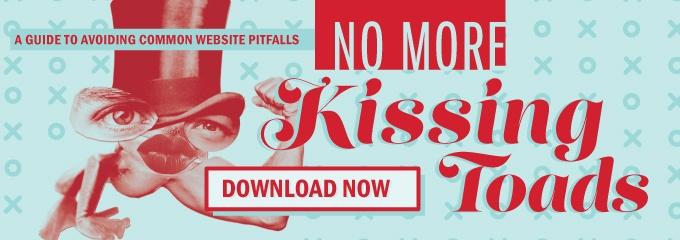Business Critical: Direct Message Madness, Too Many Choices, Native Ads in Comments
Business Critical is our weekly collection of what’s new, exciting, and insightful for business leaders from the world of the web, marketing, social media, and more.
Social media goes direct-message crazy
Chasing the attempted $3 billion acquisition of private, exploding message app Snapchat by Facebook, other social media networks have jumped at the idea of allowing users — and brands — to communicate more directly with one another by private message.
Twitter introduced a redesign that makes their direct messaging functionality more prominent on their mobile app and also allows users to attach photos to their messages. Instagram — the ubiquitous photo-sharing platform — now also allows users to share photos directly and start conversations with individuals or groups. What does this mean for brands? Well, it gives them a chance to engage people more directly with richer content, rather than relying on the broadcast functionality that’s core to both of these apps. Will brands great ways to leverage this new functionality to connect with consumers? Or will it simply become another channel that’s so cluttered with spam that it becomes practically unusable? (See: Facebook events). Only time will tell.
Check out a detailed account of the direct-messaging frenzy on UpRoxxx.
Balancing work + life
Esteemed web veteran Trent Walton published a thought-provoking article this week on the nature of work/life balance. Unlike most psychological analyses of such topics, Walton delves deeper into the fundamental disconnect between our work life — or, how we are often perceived on the web — versus the more-human nature of our entire existence, which often brings to bare our own faults and intricies.
It’s a pretty fascinating exploration of these concepts and leaves you thinking: How do I really want to be known? (Or what do I want to be known for?)
Read Trent Walton’s Work + Life article on his blog.
 Native ads — in comments?
Native ads — in comments?
If there is real estate to be had on the web, have no doubt that someone will find a way to monetize it as an ad unit.
Case in point: Advanced commenting app Disqus revealed this week that they will be offering “native advertising” within comments on articles across the web. So, not only will the content that you’re trying to read likely be surrounded by banner ads (and the content itself may even be a native ad or sponsored content), but now brands also have the option to inject their message into the one part that seemed relatively human — the comments.
As with each most new ad technologies, this idea is ripe with opportunity to annoy the bajeezus out of users. But, hey, we can always hope that brands use it responsibly to engage people in authentic ways. …Right?
Read about Disqus’s plan to roll out native comment-ad-things on Digiday.
On the paradox of choice (again)
There have been a number of studies released on the paradox of choice. It’s generally known that giving consumers too many options will overwhelm them — and make them more likely to just walk away rather than picking from the huge number of choices.
A new study from the Journal of Consumer Research examined this further and found some interesting differences in the way that we process choices given to us visually versus textually. The outcome is that, essentially, too many visual choices are simply overwhelming (people are 5 times more likely to choose “none of the above”), but when the same choices are presented in text, it triggers a different type of systematic analysis and makes it easier to process.
Point? Don’t overwhelm consumers with your design. Create visual hierarchy and clear paths through a site/app/process for best results.
Read more and download the study from Harvard Business Review.


 Native ads — in comments?
Native ads — in comments?
